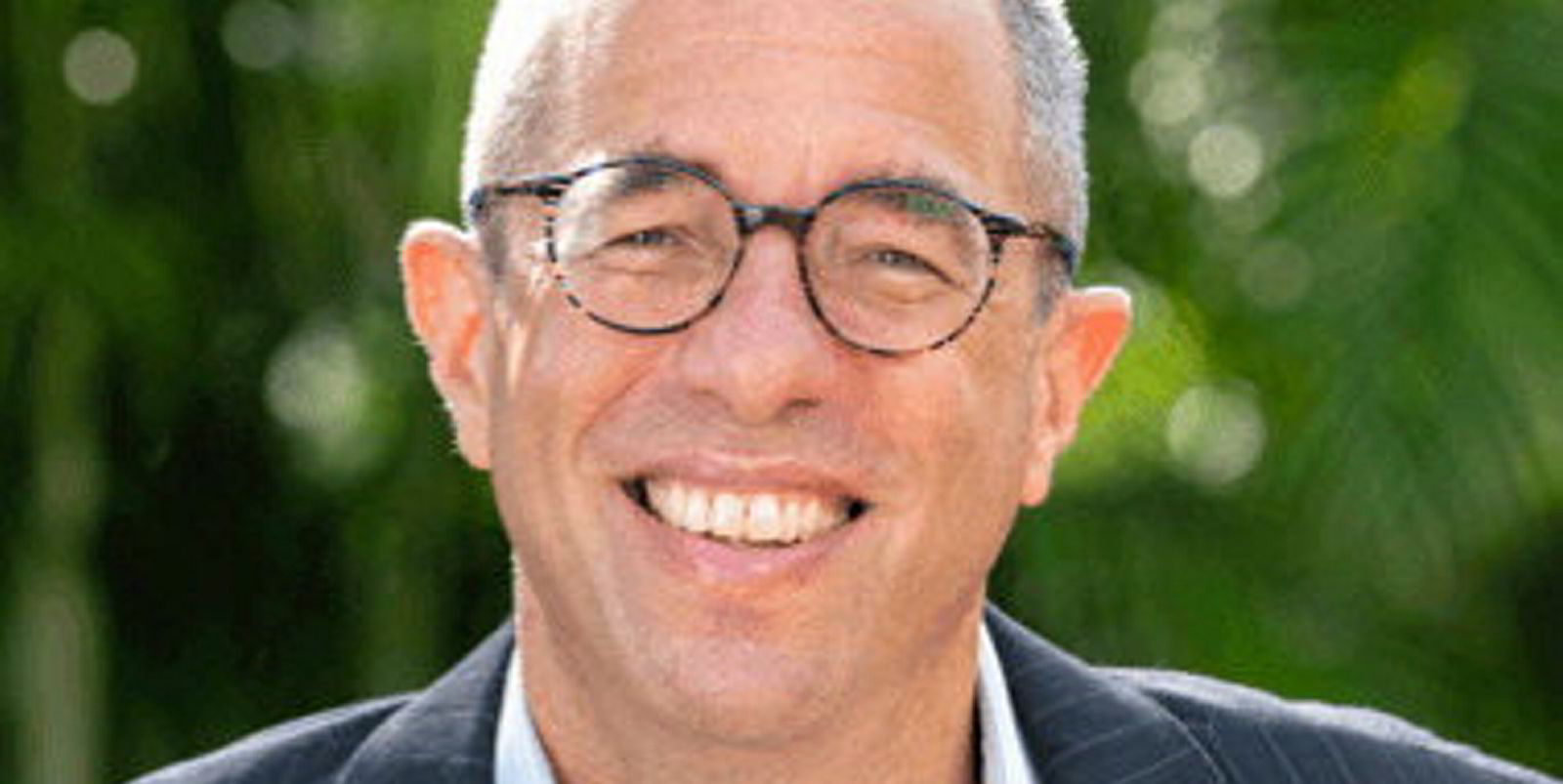We had a very busy last quarter in 2021. We issued our first invitation for proposals in October to commission a study to establish the basis for a regulatory sandbox, which will pave the way for ammonia bunkering trials in Singapore.
We also curated 21 companies across the supply chain that have formally agreed to share proprietary data and their experience with the appointed consultant.
Submissions of proposals closed in December and the team is carrying out evaluations. We expect to announce the appointed consultant in February, and work on the study will start thereafter.
This article is one of more than three dozen contributions from shipping industry stakeholders about their outlook for decarbonisation efforts in the year ahead. We asked shipowners, managers, financial professionals, technology providers and more about their own efforts to address greenhouse gas emissions in 2022 and what they hope to happen in the industry this year.
The team is also defining the scope for the ammonia bunkering pilot, and having conversations with interested stakeholders and partners to prepare for this next stage of the project.
We have identified several areas that we will focus on this year. A negative emissions technology, carbon capture and storage can play a critical role in reducing carbon emissions, especially in the medium term before new fuels are available at scale.
We are interested in helping the sector establish assurance on the quality, quantity and emissions abatement on low-carbon fuel blends in order for shipowners to leverage future market-based mechanisms.
The maritime decarbonisation challenge is too big for any organisation to take on alone. In 2022, we will continue to engage like-minded stakeholders to join our efforts to enable pilots and trials to meaningfully lower the barrier to eventual market adoption.
The industry has signalled that it wants regulation and clearer guidance around decarbonisation. There is a narrow window of opportunity to put in place a top-down regulatory framework to help the sector achieve its decarbonisation goals. We should do what we can to nudge the International Maritime Organization to take leadership in establishing such a framework.
There are other things we can do in parallel. Capitalising on the momentum and positive signals from the industry, the Global Centre for Maritime Decarbonisation is taking a complementary, bottom-up approach to identify and address safety and operational gaps in the supply chain, and to conduct studies and trials of low-carbon technologies to accelerate the scaling and adoption of solutions.





